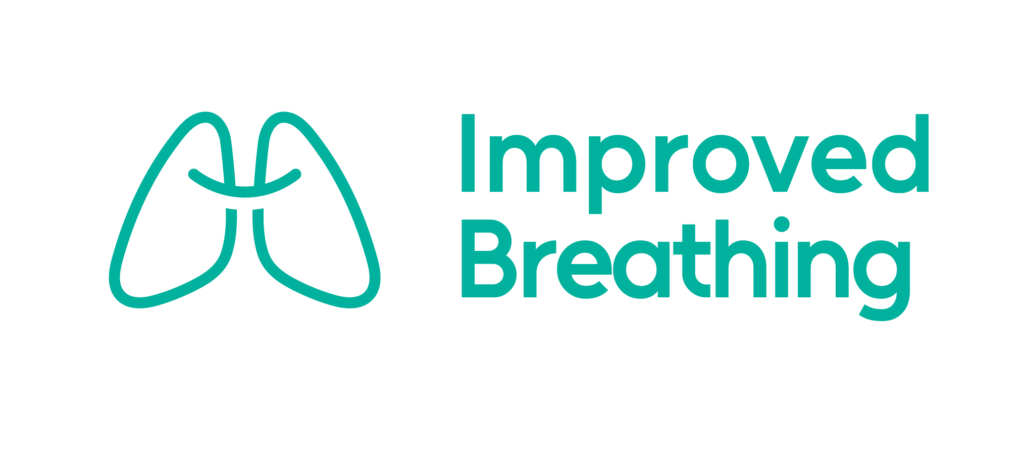Living with a chronic lung condition like Chronic Obstructive Pulmonary Disease (COPD) or emphysema presents unique challenges, but it doesn’t mean you have to give up the joy of having a pet. In fact, pet ownership can offer numerous benefits for individuals with these conditions. This blog post will explore how to balance the companionship of pets with managing COPD symptoms, ensuring a healthy and happy life for both you and your furry friends.
The Benefits of Pet Ownership for COPD Patients
Before we dive into the challenges and solutions, let’s look at why having a pet can be beneficial for those with COPD:
- Emotional support: Pets provide companionship and can help reduce stress, anxiety, and depression – common issues for those living with chronic conditions.
- Increased physical activity: Walking a dog or playing with a cat can encourage light exercise, which is crucial for maintaining lung function in COPD patients.
- Improved social interactions: Pets can be great conversation starters, helping to combat feelings of isolation that often accompany chronic illnesses.
- Routine and purpose: Caring for a pet provides structure to your day and a sense of purpose, which can be especially important for those managing long-term health conditions.
Challenges of Pet Ownership with COPD
While pets offer many benefits, they can also present challenges for individuals with COPD:
- Pet dander and allergens: These can trigger COPD flare-ups or exacerbate symptoms.
- Increased respiratory irritants: Pet hair, dust from litter boxes, and strong odors can all potentially irritate airways.
- Physical demands: Some aspects of pet care, like walking a dog or cleaning a litter box, may be physically challenging for those with limited lung function.
- Exposure to zoonotic diseases: While rare, some pets can transmit diseases to humans, which could be more serious for those with compromised respiratory systems.
Strategies for Safe and Enjoyable Pet Ownership
Despite these challenges, many people with COPD successfully live with and enjoy their pets. Here are some strategies to help you do the same:
1. Choose the Right Pet
If you’re considering getting a new pet, think carefully about which type would best suit your lifestyle and health needs:
- Hypoallergenic breeds: While no pet is truly 100% hypoallergenic, some dog and cat breeds produce fewer allergens. Examples include Poodles, Bichon Frises, and Sphynx cats.
- Low-maintenance pets: Consider animals that require less physical care, such as fish or small rodents.
- Adult animals: Older pets are often calmer and may be a better fit for those with limited energy.
2. Create a Pet-Friendly Home Environment
Modifying your living space can help reduce the impact of pet-related irritants:
- Designate pet-free zones: Keep bedrooms and other frequently used areas free from pets to minimize exposure to dander and hair.
- Use high-efficiency air filters: HEPA air purifiers can help remove pet allergens and other irritants from the air.
- Opt for hard flooring: Replace carpets with hardwood, tile, or vinyl flooring, which are easier to keep free of pet hair and dander.
- Regular cleaning: Vacuum frequently using a HEPA-filter vacuum cleaner, and dust with a damp cloth to trap allergens.
3. Practice Good Pet Hygiene
Maintaining your pet’s cleanliness can significantly reduce allergens and irritants:
- Regular grooming: Brush your pet outdoors or have a family member do it. Consider professional grooming services if needed.
- Bathing: Regularly bathe your pet to reduce dander, but be cautious of strong-smelling shampoos that might irritate your airways.
- Paw cleaning: Wipe your pet’s paws when they come in from outside to reduce tracking in of pollens and other outdoor allergens.
4. Manage Pet Care Responsibilities
Don’t hesitate to seek help with pet care tasks that might be too physically demanding:
- Delegate tasks: Ask family members or friends to help with activities like walking the dog or cleaning the litter box.
- Use pet care services: Consider dog-walking services or pet sitters for times when you’re not feeling well enough to care for your pet.
- Automated solutions: Invest in self-cleaning litter boxes or automatic feeders to reduce your workload.
5. Maintain Your Health Regimen
While enjoying your pet, don’t forget to prioritize your health:
- Stick to your medication schedule: Always take your prescribed COPD medications as directed by your healthcare provider.
- Keep rescue inhalers handy: Ensure you have quick access to your rescue inhaler in case of sudden symptom onset.
- Monitor your symptoms: Pay attention to how different activities with your pet affect your breathing and adjust accordingly.
- Regular check-ups: Maintain regular appointments with your pulmonologist to monitor your lung function and discuss any concerns about pet ownership.
Final Words
Living with COPD or emphysema doesn’t mean you have to forgo the joys of pet ownership. By choosing the right pet, creating a suitable home environment, and implementing smart strategies for pet care, you can enjoy the companionship and benefits of having a furry friend while managing your respiratory health.
Remember, every individual’s experience with COPD is unique. What works for one person may not work for another. Always consult with your healthcare provider before making significant changes to your lifestyle or home environment. With the right approach, you can find a balance that allows you to enjoy the unconditional love and support of a pet while effectively managing your lung condition.














